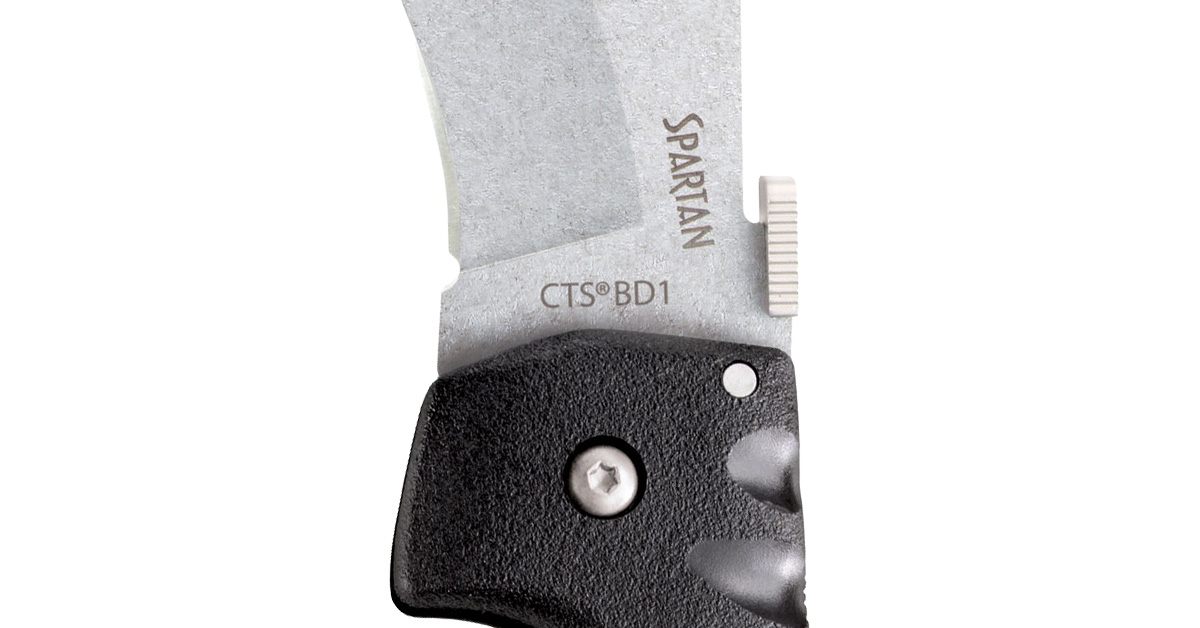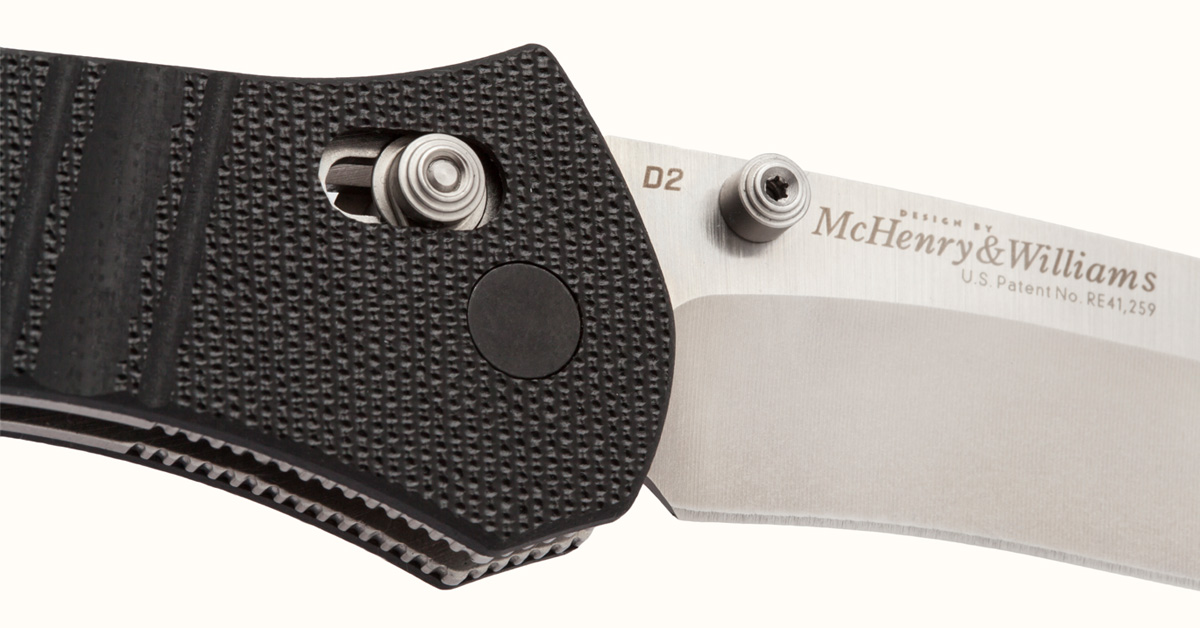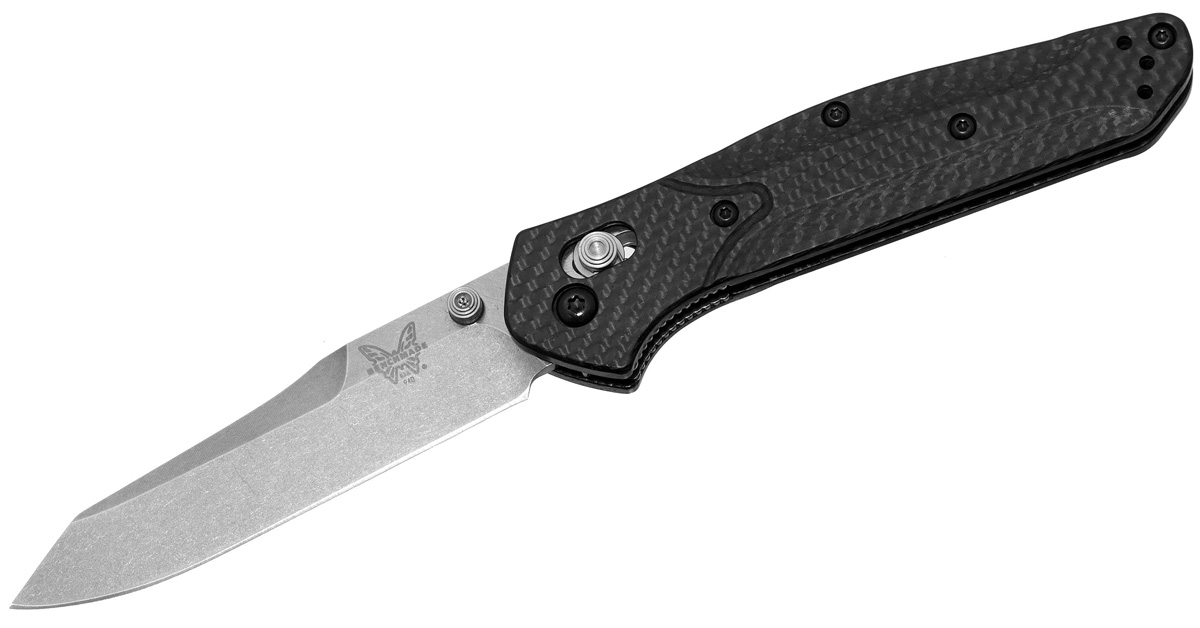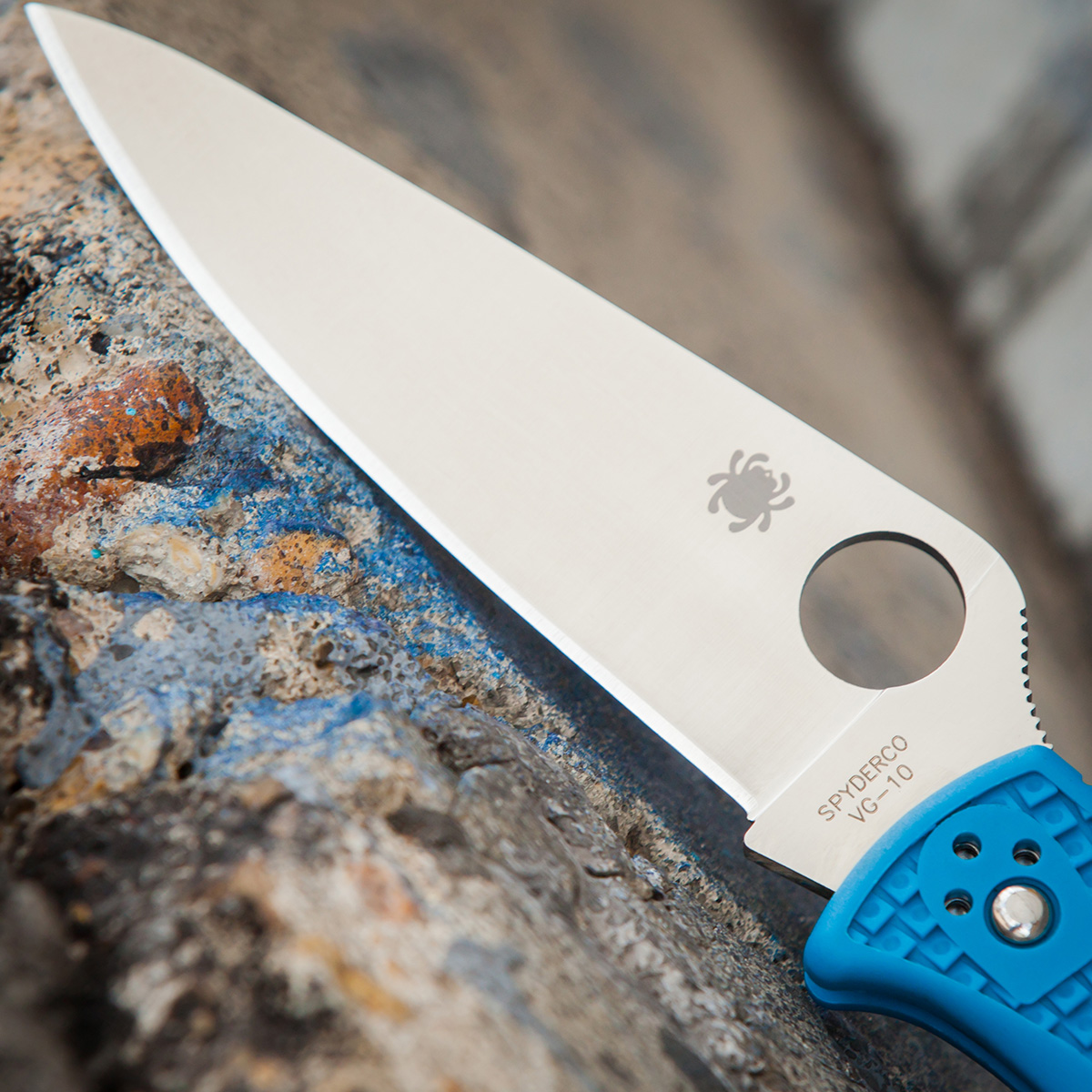
There’s currently a race to the top when it comes to knife blade steels.
Just a few years ago, S30V was considered the best steel around. Today, S30V is sometimes considered an ancient steel while newer steels like S110V are praised for being even better. (To be clear, S30V is just as great as ever as shown by these S30V steel knives.)
The marketing associated with each new steel that comes out makes it hard not to get jaded.
So I’m here to tackle the myth that all these new super steels being introduced every year are always better than the old reliables found in the vast majority of production knives.
What is a premium steel?
To better tackle the myth, we must first understand the definition of a premium steel. The reality is that there are common tiers steels typically fall into.
Here’s a general breakdown using info from places like Knife Informer and More Than Just Surviving. Keep in mind this is all subjective and ripe for debate.
Super Steels
- S110V
- Vanax 75
- 20CV
- REX 121
Ultra Premium Steels
- S90V
- M4
- Elmax
- M390
Premium Steels
- S30V
- ZDP-189
- CTS-XHP
- S35VN
High-End Steels
- 154CM
- ATS-34
- VG-1
- N690
- D2
Average Steels
- 440C
- 420HC
- 1095
- 8Cr13MoV
Low-End Steels
- AUS-6
- 420J2
- 440A
So what makes a steel premium rather than just average? A whole range of factors, in fact. People often take strength, durability, edge retention, ease of sharpening, corrosion resistance, and other qualities in mind when ranking them.
So are premium steels always better than average steels?
No.
Let’s put it this way. There is no such thing as a perfect steel. With nearly every steel, you’ll have to trade off one thing for another.
For example, S110V found in masterpieces like the Spyderco Paramilitary 2 is the pinnacle of super steels. It is better than almost every steel in edge retention with excellent wear resistance, but anyone who has a knife with the steel will tell you it’s a nightmare to sharpen.

The same can also be said for “lesser” steels like 420HC. It is exceptionally resistant to corrosion but will dull fairly quickly. On the flip side of that, it will also sharpen without much effort.
Pretty much everyone can agree that S110V is better than 420HC but that doesn’t always mean it’s the best steel for the job.
If you want an EDC steel you can abuse that you don’t mind sharpening every few weeks for a few minutes, opt for the 420HC. If you want something that’s better performing and more consistent with excellent wear resistance and you have the sharpening skills/tools, S110V is your steel.
Steels are also only as good as their heat treatment. People always criticize Al Mar Knives for using AUS-8 steel in their premium knives, but AUS-8 in good hands can compete with some of the premium steels. The heat treatment on some premium steels may not be up to par as well. (I would say this is pretty rare though.)
Real world experience is hardly noticeable
On paper, premium steels have better “stats” and “numbers” than budget steels, but in the real world, the vast majority of people aren’t going to be able to tell the difference between S110V and S30V. (Yes, I know you’re the exception!)
The same thing goes for locking mechanisms. Many companies market locks as capable of withstanding hundreds of pounds of force. But, is the Tri-Ad Lock that can take more weight really that much better than the back lock, which can still take a lot but maybe not as much? Yes, because in the real world, you’re not going to ever put that much weight on it.

Like locks, most blade steels will typically perform just as good for what you need.
Price is a factor
Another thing to consider is the price. While S90V is better than S30V, the price jump between something like the Benchmade 940 and the Benchmade 940-1 may be too much. It goes from $182.75 to $267.75 (though the 940-1 also has carbon fiber scales and some flourishes).

Most people wouldn’t think twice to opt for the cheaper knife with S30V steel, which is still a darn good steel I might add, and that’s OK.
So are premium steels just marketing hype?
No.
I’ve been ragging on premium steels throughout this post, but the truth is that they usually offer more with fewer sacrifices. For the most part, they are better in many ways. And just because they’re not always better for certain jobs or for the typical person doesn’t mean companies should stop pioneering new steels.
None of these steels may be truly necessary, but it’s always important to keep evolving and looking for better ways to do things.
Pick the right tool for the job
All of this is just a roundabout way of me saying what I almost always say: pick the right tool for the job.

I like the analogy knifemaker William Woods uses in his take on knife steels over at The Truth About Knives from a few years ago.
Choosing the steel that fits your needs is kind of like picking a car. Can you tow a horse trailer with a Porsche? Sure. Will it perform terribly and eventually fail? Yes, yes it will. The most common complaint that leads many to bad-mouth a certain alloy of steel is to try and force one type of knife to perform tasks it is ill suited to.
Knife steels like the knives themselves can be very subjective. One person may be perfectly fine with a budget steel for a rarely used knife while another may have the need for an edge that doesn’t dull easily after tons of use.
I say let the task dictate the steel, not the other way around. Just because a steel is touted as superior and is more expensive doesn’t always mean it’s the best steel for the job. For more knife news or products visit Knife Depot today.




November 14, 2017 at 5:08 pm
Great post, succinct and clearly put. Ideal for morons such as myself.
November 16, 2017 at 6:20 am
I completely agree lol
April 3, 2018 at 9:45 am
I agree. Not that you’re a moron, but that this is a great post.
November 18, 2017 at 4:51 am
I don’t go for expensive knives, although I like decent quality, practical knives, thus I own mostly 8Cr13MoV, 9Cr18MoV, stainless steels, AUS-8 and a few carbon steel blades.
Being that I live in Florida, I appreciate having stainless or high carbon stainless steels knives that won’t rust away. When they need to be sharpened I just sharpen them and forget about how often I have to touch them up. I say enjoy the functionality and versatility. We drive our cars and use phones constantly why should it be any different with knives.
April 3, 2018 at 2:18 pm
I do nit buy expensive knives because I hesitate to use them or even carry them. When I give a beautiful knife as a gift the receiver also is reluctant to use and abuse such a fine example of craftsmanship.
As far as sharpening them, that is part of the fun. Not everyone can hone a fine edge on a knife, but I have learned how, but only with a Lansky and fine leather strope
November 7, 2018 at 1:40 pm
Where does HAP40 fit in? Or INFI? and VG-1 or VG-10? I just got a Spyderco Endura with HAP40 just to try. It was just $100 so why not 🙂 Cutlery Shoppe had a decent price plus everywhere else wanted $160 or more so I figured why buy AUS8 or VG-10 when I can try HAP40 for one bill and see if it holds up like M390 or M4.
November 7, 2018 at 1:46 pm
Oh and normally I just use beaters like that Chinese Enlan 01 with 8Cr13MoV. The thing is a tank. I bought the disassembly tool and added brass washers. Super tough knife for $20 off of ebay (under $30 if you factor $6 for take down tool and $2 for washers). It’s just really heavy in the pocket. But then again it can do quite a bit and will take a decent edge if you take your time and work up to 6000 grit and leather strop. I have like 5 all over. In car, in tackle boxes, tool box, EDC Bag, etc. Just a solid lock up and good cheap tool to have floating around for a lot of tasks.
November 13, 2018 at 11:53 am
S110V is hard to sharpen, I really like VG10, CM 54, S30-35V good edge retention and easy(er) to sharpen.
February 4, 2020 at 7:57 pm
Why is 20cv a supersteel and m390 a ultra premium steel?
Chemical composition is the same…
Something like america first?
A lot depends on the heat treatment.
November 23, 2020 at 5:21 pm
I ‘ve generally found all CPM steels to make a micro lip under chopping impact in soft Maple wood: S30V one to five hits, CPM 154 CM ten hits, 3V about 20-30, all at 20 dps.
Better chopping steels are VG-1, Aus-6, 440C, O-1, and to a lesser extent 5160. Some 420J has proved excellent. The lower carbide level promotes apex stability. I don’t trust newer steels
February 13, 2021 at 10:36 am
I find it interesting how you put m390 and 20cv in different “categories”… Obviously there are many factors in quality of the same steel knofe to knife and very hard to do a test having both steels from same knife with the same hardness. But for the most part i feel they are in same category.
November 12, 2021 at 7:14 pm
So why are ZDP-189 and S30V in the same category? I don’t know much about steel, except that ZDP-189 is hard to sharpen – I had to use diamond rods to sharpen my Caly 3 with ZDP-189. But S30V – which I have on my Benchmade 940 and Spyderco Sage 5 – is easier to sharpen.
S30V seems like a pretty good middle ground to me.